What is better than a stepped process to follow. Those 8 steps will sum up our long journey with preparing what is needed for a maintenance team to be Agile. The summary of the Journey has three(3) main foundations:
- What are the perceptions that we need to entrench in mind about Agile, Agility and how to reach there?
- Why we need the maintenance team and process to be Agile? In other words why Agility is more needed nowadays?
- What are the 8 steps to reach there?
What do we mean by an Agile team, adopting Agility and steps to grow from stable to Agile?
Firstly, to start answering this question let’s grab those definitions from PMI -Pulse of the profession-:
Agility—often referred to as organizational agility—is the capability to quickly sense and adapt to external and internal changes to deliver relevant results in a productive and cost-effective manner.
PMI -Pulse of the profession-
Agile is a mindset based on a set of key values and principles designed to better enable collaborative work and deliver continuous value through a “people-first” orientation.
Agile transformation is an ongoing, dynamic effort to develop an organization’s ability to adapt rapidly within a fast-changing environment and achieve maximum business value by engaging people, improving processes, and enhancing culture.
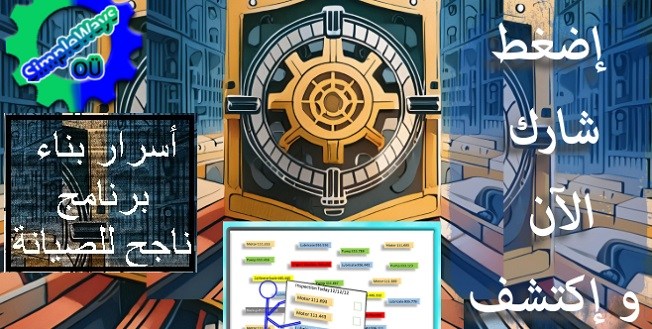
CUSTOMPRICE-TO2JAN26
Regardless of the professions that adopt those definitions nowadays, it they were first formulated in 2001. They didn’t start to be applied in 2001 they were out there for a couple of decades as scattered initiatives in fast pace projects. A group of software gurus tried to make a light-weight guide that would prevent the rapid evolution of the software development from being ceased by the calls to bind human activities to stable platforms and rigid schemes. This manifesto and concepts threaded the welcoming of the change and integrated it in the body of what used to be the stable structured methodologies.
There are 12 principles in the Agile Manifesto built on the bases of 4 main concepts. The concepts simply denotes some of the fork points in the life of any process whether it is a continuous process or a project. It guides us to selecting what support the Agile principles not to deprive what we intend to be Agile from its core principles. We are going to list them below with a little tweak by adding what can replace software and development in other professions
The concepts and principles that would shape our steps to Agility
The 4 selectors or concepts that would maintain us on the Agile track guide us to prefer::
- Individuals and interactions over processes and tools
- Working software/output over comprehensive documentation
- Customer collaboration over contract negotiation
- Responding to change over following a plan
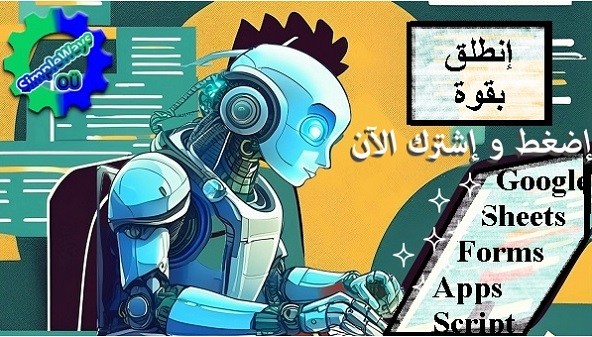
CUSTOMPRICE-TO2JAN26
While the 12 principles as descripted in the Agile Manifesto are:
- Our highest priority is to satisfy the customer through early and continuous delivery of valuable software\product\output.
- Welcome changing requirements, even late in development. Agile processes harness change for the customer’s competitive advantage.
- Deliver working software\product\output frequently, from a couple of weeks to a couple of months, with a preference to the shorter timescale.
- Business people and developers\teams must work together daily throughout the project.
- Build projects around motivated individuals. Give them the environment and support they need, and trust them to get the job done.
- The most efficient and effective method of conveying information to and within a development team is face-to-face conversation.
- Working software\product\output is the primary measure of progress.
- Agile processes promote sustainable development. The sponsors, developers, and users should be able to maintain a constant pace indefinitely.
- Continuous attention to technical excellence and good design enhances agility.
- Simplicity–the art of maximizing the amount of work not done–is essential.
- The best architectures, requirements, and designs emerge from self-organizing teams.
- At regular intervals, the team reflects on how to become more effective, then tunes and adjusts its behavior accordingly.
Why would an Agile Maintenance team add more value to the organization?
So now after we had some clear definitions, principles and concepts let’s see the effects of applying them. Let’s first agree that directions and principles adopted by business organizations must bring a substantial value to the organization. This comes on 2 folds. The first one is leveraging the profit through increased and improved products, increased market share and perceived reputation. The second one is preventing the relative deficit in any of these. Why we say “relative”? Because you may maintain or stabilize your product quantity and quality but the new emerging organizations surpasses your production quantity, quality and introduce new features due to the technological advancement they they will start off from.

CUSTOMPRICE-TO2JAN26
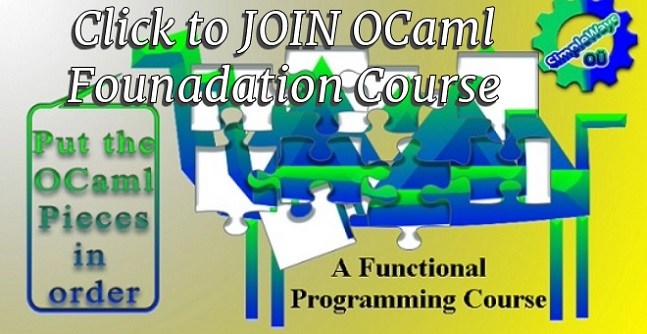
CUSTOMPRICE-TO2JAN26
The need to cope with the technological changes or more clearly the technology advancement and the market aptitude and trends disrupts the calls for stability. In other words, even the best practices we had implemented few years ago are not the global best practices now. What rushed the pace of the change was the Digital revolution. The industrial revolution began by the end of the 1700’s and it took almost 200 years till it raised the standard of living globally by mid of the 1900’s after the WWI and WWII. However the digitization and communication revolution started by the end of the 1900’s and less than 50years later it completely and permanently changed how we are living and working.
Maintenance is not an exception. The equipment are evolving very rapidly specially with Industry 4. Equally the maintenance tools are evolving with the same pace. Maintenance need to be Agile to synchronized with this continuous and rapid change in the work environment in general. Also to be aligned with the organization need of effective but at same time fast actions.
Steps to transform the maintenance process to the Agile realm
We had covered what we need to do adopt the Agile principles and concepts through a series of 8 lectures that aligns maintenance efforts with the Agile mindset. Following those steps or most of them will help you reach there. Let’s sum them up below:
- Welcome & Integrate changes by adopting an adaptive mind set.
- Satisfy Maintenance Customers and deliver valuable Maintenance
- Prioritize Maintenance tactics that encompass Agility
- Manage communication and stakeholders
- Build motivated teams and trust them to do the right things then evaluate and tune
- Simplify the maintenance process through RCM analysis and LEAN initiatives
- Target technical excellence and reliable interventions in all maintenance tasks
- Support and entrench the mentality of self-reform and help team to reflect on how to become more effective
In Conclusion,
Our mind can be a great allied when we provide it with a well structured stepped process that we can apply one step at a time. That’s why we had prepared this 8 step process to launch the journey to Agile Maintenance. It explains how and why we need to reach an Agile Maintenance Process and an Agile Maintenance Team which has an Agile Mentality through the 8 steps needed to reach there.
Let’s embark next on a new journey.
If you feel you need help with any of these ideas we discussed, request a Management Consultancy or Coaching Services From our Store

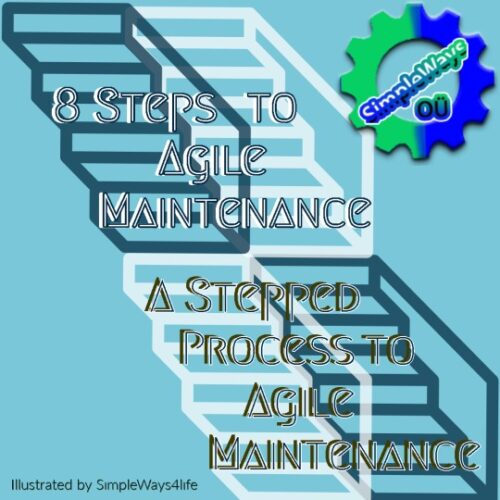
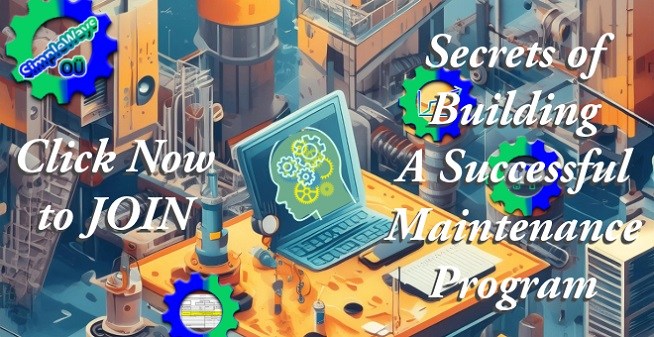


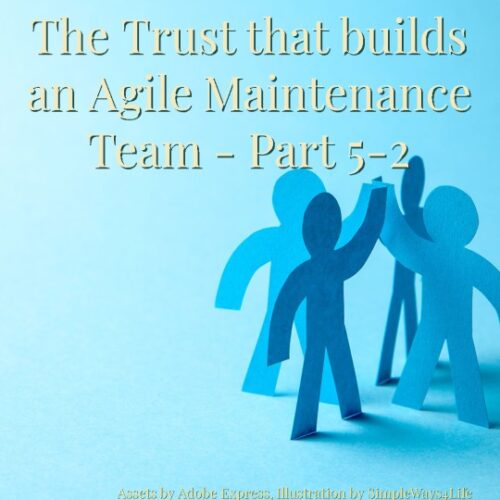
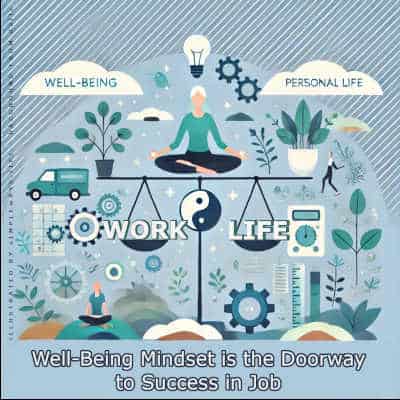

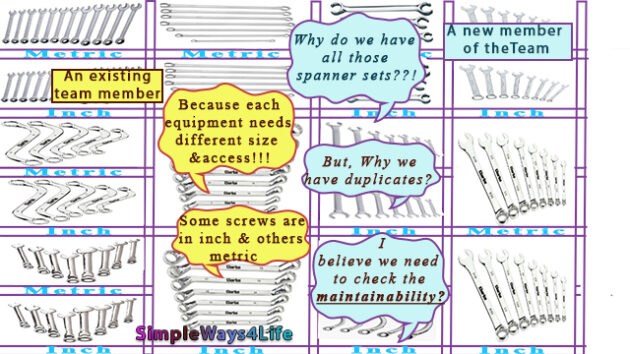
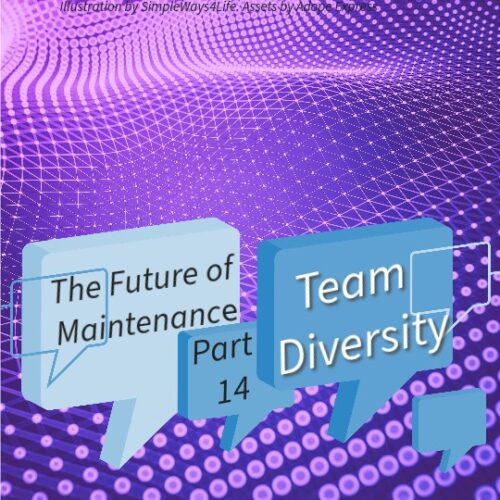
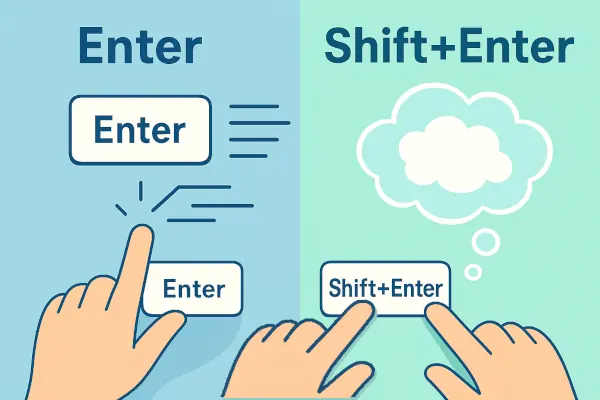
One Comment